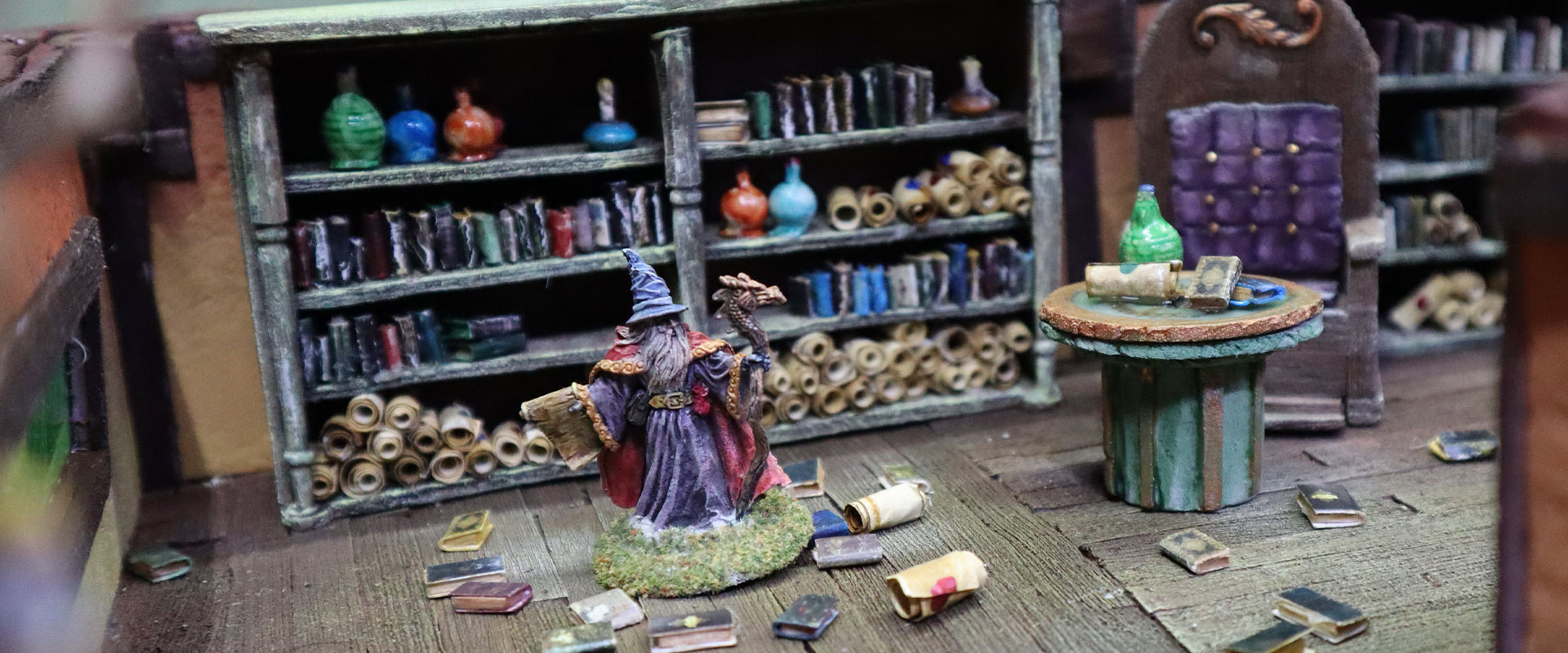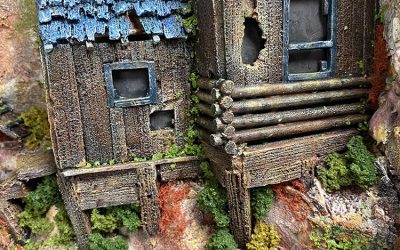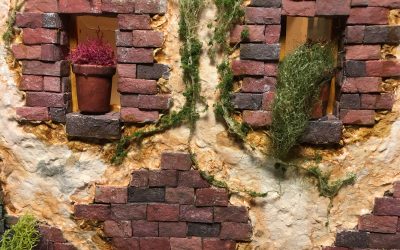Miniature artistry is a journey of precision and creativity, and one of the most captivating aspects is the ability to imbue your creations with a sense of history and realism. Weathering and aging techniques are the secrets to achieving this effect, transforming your miniature masterpieces into immersive and authentic worlds. In this article, we’ll explore the art of weathering and aging and how these techniques can elevate your miniature craft to new levels of realism.
Creating Realism Through Weathering
Weathering refers to the process of simulating the effects of time and environmental exposure on your miniatures. It adds character and authenticity to your creations, making them appear lived-in and weathered by the elements.
Tools of the Trade
Before you embark on weathering, gather a few essential tools:
- Dry Brushes: These brushes have stiff bristles and are perfect for dry brushing techniques.
- Sponges: Natural sea sponges or foam sponges are ideal for creating subtle weathering effects.
- Weathering Powders: Specialized powders are available for adding rust, grime, and other weathering effects.
- Paints: Acrylic paints in various shades are essential for creating realistic wear and tear.
Rust and Corrosion
To simulate rust and corrosion, begin with a basecoat of the metallic color you want to rust. Then, apply rust-colored paints in areas where rust naturally accumulates, such as corners, edges, and joints. Use a sponge to dab on rust-colored paints for a textured look. Finish with rust weathering powders for depth and realism.
Aging Wood and Stone
Achieving the look of aged wood and stone involves layering and subtlety. Start with a basecoat of the desired color, then apply washes in varying shades to create depth and age. Use a fine brush to add tiny cracks, crevices, and imperfections to the surface. Finally, lightly dry brush lighter colors to highlight the worn areas.
Dirt and Grime
Simulating dirt and grime is all about controlled chaos. Apply diluted earthy tones with a brush or sponge in areas where dirt would naturally accumulate, such as the lower portions of buildings or vehicles. Vary the intensity of the dirt effect based on the level of weathering you want to achieve.
Patina and Oxidation
To create the look of patina and oxidation on metals, start with a basecoat of the metallic color. Then, apply a green or turquoise wash to emulate the natural oxidation process. Focus on recessed areas and corners to achieve a realistic patina effect.
Final Touches and Sealing
After weathering, remember to seal your miniature with a matte or gloss varnish to protect your work and preserve the weathering effects. This also allows you to adjust the level of glossiness to suit the materials you’ve simulated.
Practice and Experimentation
Weathering and aging techniques are skills that improve with practice. Experiment with different methods, colors, and intensities to achieve the level of weathering that best suits your miniature’s story and setting.
In conclusion, weathering and aging techniques are the keys to unlocking realism and authenticity in your miniature masterpieces. By embracing these techniques and experimenting with their application, you’ll breathe life into your creations, making them not just objects of art but windows into richly detailed worlds with stories to tell. So, pick up your brushes, sponges, and weathering powders, and embark on a journey to add depth, history, and character to your miniature marvels.


